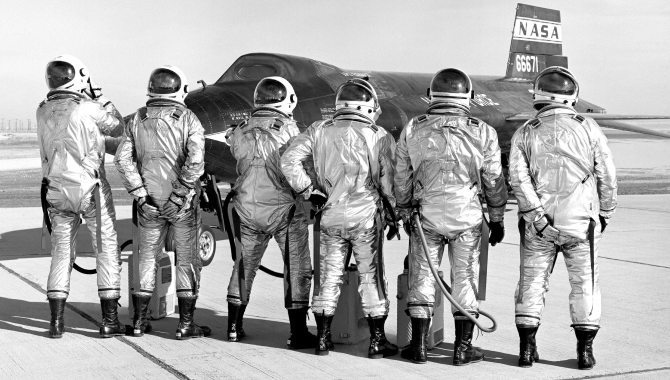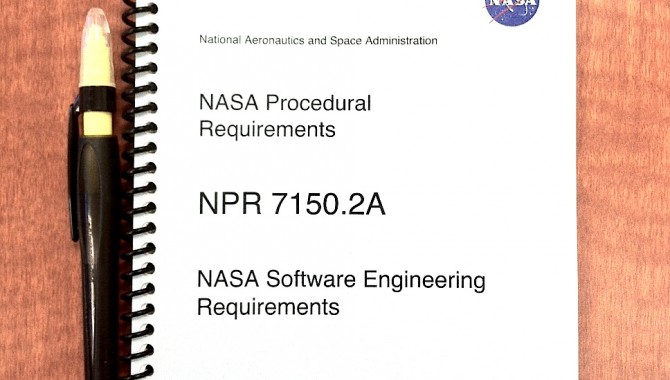
The Human Exploration Operations Mission Directorate (HEOMD) released its risk record library online.

The Human Exploration Operations Mission Directorate (HEOMD) released its risk record library online.

The 2013 Systems Engineering Leadership Development Program (SELDP) graduated eight new systems engineers.

The Academy of Program/Project and Engineering Leadership (APPEL) presents “Masters with Masters,” a series that brings together master practitioners to reflect on their experiences, lessons learned, and thoughts about upcoming challenges.

This month marks 34 years since the close of NASA’s YF-12 Blackbird research program, which yielded a wealth of knowledge about supersonic flight.

A new Academy case study examines how the X-15 program provided a knowledge base that informed the development of the space shuttle.

Every successful Principal Investigator-led team stands on the shoulders of giants.

The Software Engineering Working Group has released NASA’s first-ever electronic handbook for agency practitioners.

Leaders from NASA, FBI, OPM, and abroad discuss the relationship between talent management and organizational success.

Mike Lipka offers insight into the knowledge management services offered by the NASA Safety Center.